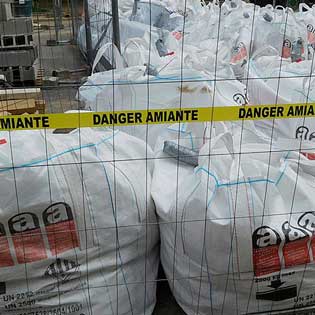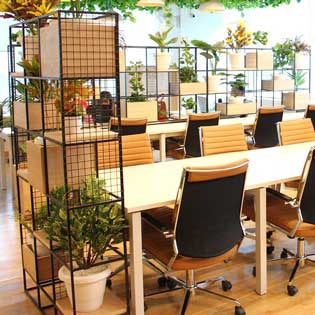

 Se connecter
Se connecter




Un centre d’enquêtes spécialisé pour réaliser vos baromètres d’activité
Des études de marché dédiées pour vous éclairer sur votre paysage concurrentiel
Des études d’impact pour anticiper vos risques et promouvoir vos intérêts

 Rénovation et travaux de finition
Rénovation et travaux de finition

 Services immobiliers
Services immobiliers

 Services numériques
Services numériques

 Autres activités d'assurance
Autres activités d'assurance

 Industrie agroalimentaire - ObsData
Industrie agroalimentaire - ObsData

 Autres services aux ménages
Autres services aux ménages

 Immobilier de bureaux
Immobilier de bureaux

 Services de santé
Services de santé

 Déchets et recyclage
Déchets et recyclage

 Industrie agroalimentaire
Industrie agroalimentaire

Prenez directement contact avec nous, via ce formulaire, pour toute demande (étude sur mesure, abonnement, information sur une étude...).
Notre équipe reviendra vers vous dans les meilleurs délais.
*Les champs marqués d'un astérisque doivent obligatoirement être remplis.
Les données collectées serviront uniquement à répondre à vos demandes. En savoir plus dans notre politique de confidentialité.
Notre équipe met tout en œuvre pour vous répondre dans les plus brefs délais.

L’ÉTUDE A ÉTÉ AJOUTÉE A VOTRE PANIER

POURQUOI UN COOKIE ?Continuer sans accepter >
Le groupe XERFI utilise et stocke des informations non sensibles obtenues par le dépôt de cookies ou technologie équivalente sur votre appareil. L’utilisation de ces données nous permet de mesurer notre audience et de vous proposer des fonctionnalités et des contenus personnalisés. Nous souhaitons ainsi nous assurer que nous fournissons l’expérience la plus informative pour nos visiteurs.
Les données stockées par XERFI ne sont en aucun cas partagées avec des partenaires ou revendues à des tiers à des fins publicitaires. Vous pouvez librement donner, refuser ou retirer à tout moment votre consentement en accédant à notre page de gestion des cookies.
PERSONNALISEZ LE STOCKAGE DE VOS DONNÉES
Vous pouvez librement et à tout moment modifier votre consentement en accédant à notre outil de paramétrage des cookies.